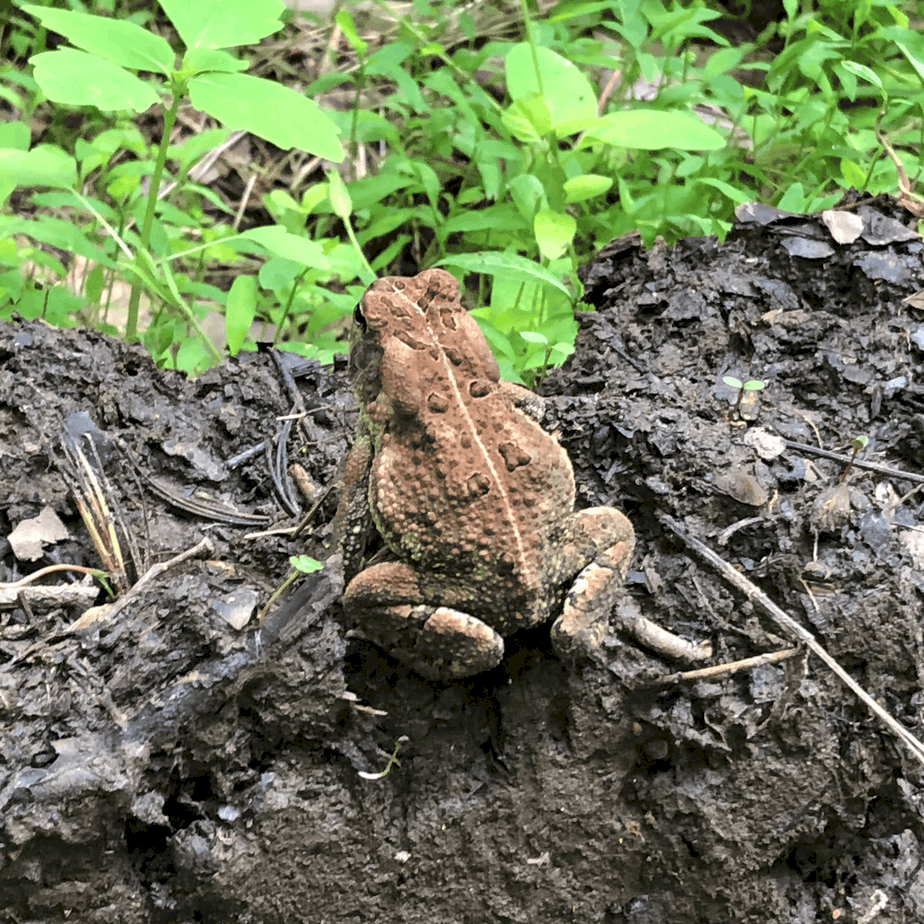Frogs are an important part of the environment. Almost everyone learns about the frog lifecycle in school. Frogs are more than just a good example of an interesting lifecycle. Frogs are indicators of a health environment. Plus, they are an important part of the natural environment. Read more to learn about why frogs are so important to the environment. It is always nice to be reminded how complicated nature is.
The Frog Life Cycle
No article about frogs would be complete without a short refresher on the frog lifecycle. The optimal frog environment to find the life cycle is a wet one with standing water. First, frogs usually lay their eggs in slow moving water, pools, or puddles. These clusters of eggs are called egg masses. Second, the eggs mature into tadpoles. Tadpoles look like an egg with a tail. Next, the tadpole grows back legs, then front legs. Finally, the when the lungs are developed, the tail shrinks. What is left is a frog! The process takes between 12-16 weeks. Unfortunately, that is a lot of time for many of the eggs and tadpoles to succumb to predation and environmental hazards.
Frogs and the Food Chain: Eat and be Eaten
Frogs are food for many animals in the environment. In facts, all parts of their lifecycle are food. As a consequence, when frog numbers decline, the food chain is negatively impacted. Even though frogs are food, they also eat a lot of insects. Frogs are very important to keep insect populations balanced.
Frog's Environment: Land and Water
Frogs are amphibians. They live in the water and on land. As a consequence, they provide insight into two different environments. Their skin is very permeable. This makes them sensitive to environmental pollution. Deformed frogs date back to 1995. Diseases, pollution, toxic chemicals, radiation, and loss of habitat are some causes of the deformities. These environmental factors are magnified in frogs because they breathe through their skin, and they spend a lot of time in the water.
Declining Frog Populations in Many Environments
Frogs and toads are declining worldwide. According to the USGS, they are declining at a rate of slightly less than 4 percent per year with higher rates on the West Coast and in the Rocky Mountains. At this rate, some species will disappear from 50% of their current habitats within 20 years.






